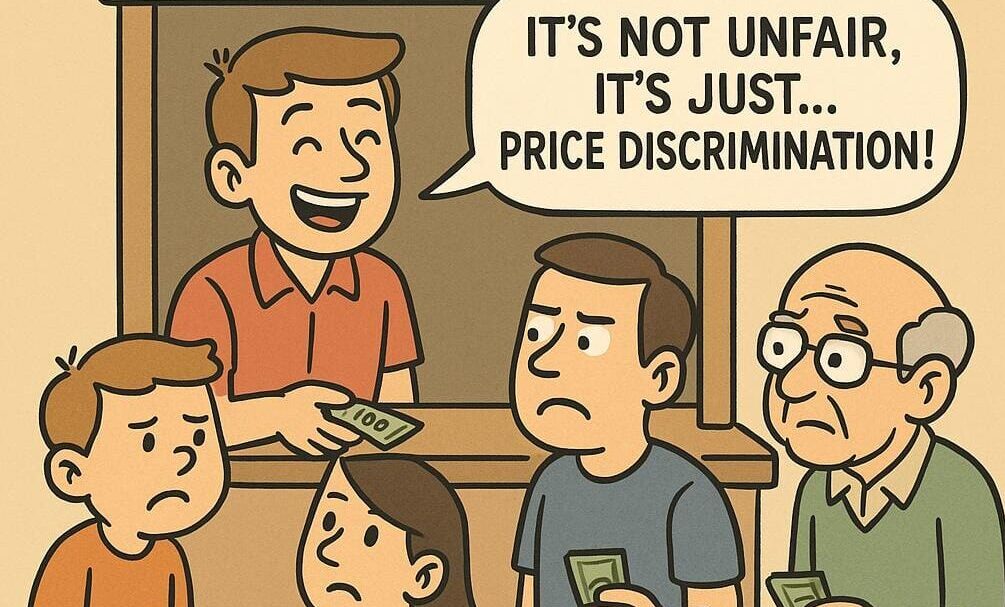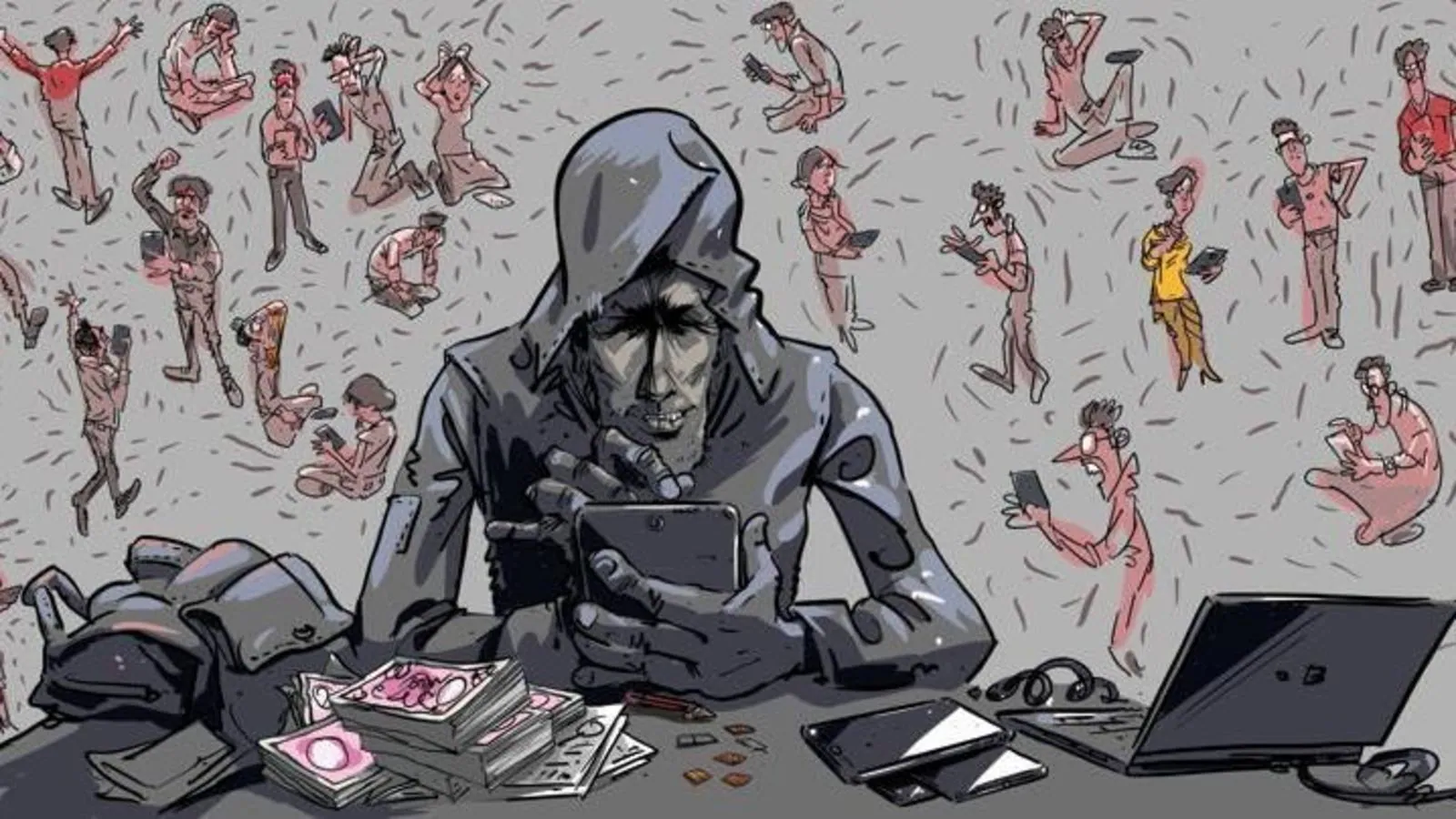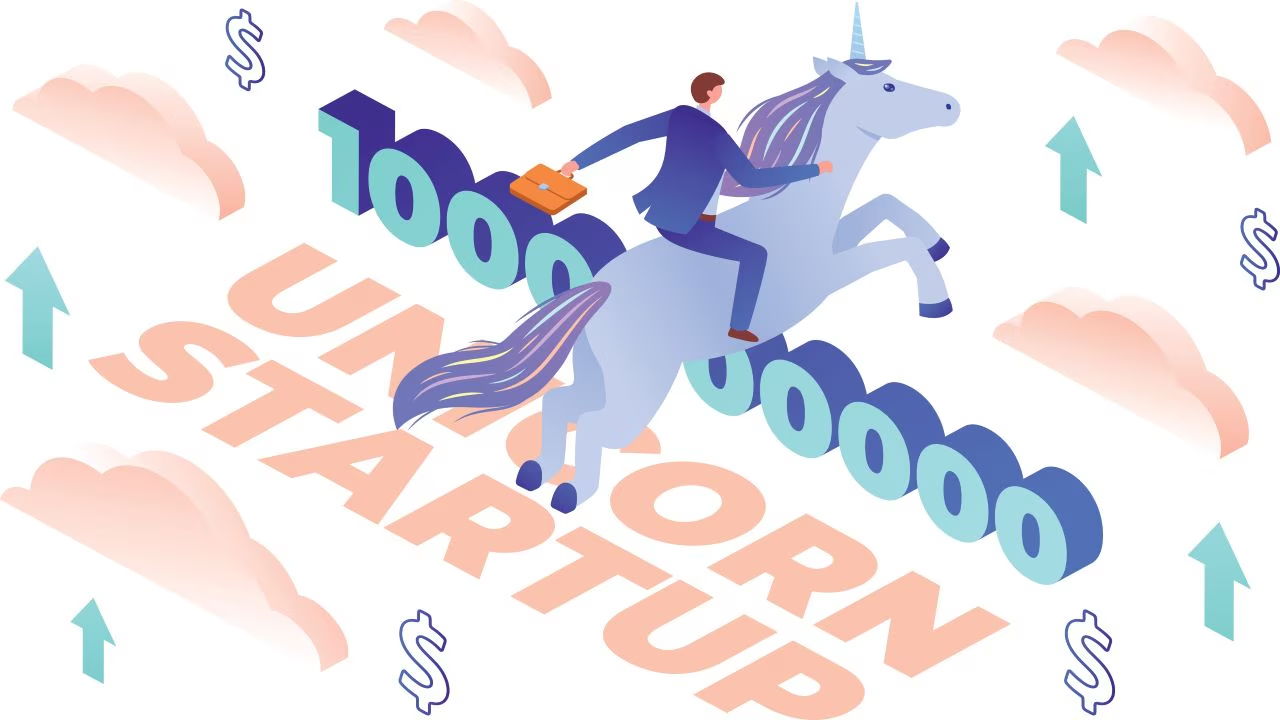Did you know you might be paying more for the exact same thing your friend just bought for less? Shocking, right?
Welcome to the fascinating world of economics, where not everything is as fair—or as simple—as it seems.
This curious phenomenon is known as price discrimination. Sounds intense, but here’s the gist: it’s a pricing strategy where the same product is sold at different prices in different markets—or even to different people—based on what the seller thinks each buyer can, or is willing to, pay.
To experience this in real life, stroll down to the detergent section at your local supermarket. You’ll often find the same brand of detergent in different sizes or packaging, priced in ways that don’t always make logical sense. Sometimes, buying two smaller packs is cheaper than one big one. Sneaky? Maybe. Smart business? Definitely.
Price discrimination emerged as a clever pricing strategy designed by firms to maximize profits by tapping into something economists call consumer surplus. In simple terms, that’s the extra money a customer would’ve been willing to spend on a product but didn’t have to. By figuring out who’s willing to pay more—and who isn’t—businesses can adjust prices accordingly, squeezing more value from each sale.
Here are some subtle (and sometimes shady) ways companies might be charging you more than the next person—without you even realizing it:
Algorithmic Price Discrimination

You’re Not Crazy, That App Is Charging You More. Companies use algorithms powered by AI and data analytics to set different prices for the same product or service, based on a deep analysis of customer behavior, preferences, and purchasing power.
How Does It Work?
These algorithms analyze tons of data, such as:
- Your browsing history
- Purchase patterns
- Your location or ZIP code
- The device you’re using (e.g., iPhone vs. Android)
- Time spent on product pages
- Whether you’re a first-time visitor or a returning customer
- Data from loyalty programs, cookies, or even social media activity
Real-World Examples
- Airline tickets: Prices can change dramatically based on your location, search history, or how many times you’ve visited the site.
- Ride-hailing apps: Surge pricing is adjusted by time, location, and rider behavior.
- Online retailers: Amazon and others test prices constantly based on who’s browsing.
It Pays to Be Old, Young, or a Student

Ever noticed how certain people always seem to get better deals? Students flash an ID and score 20% off. Seniors pay less for travel or movie tickets. Kids under 12 often ride, fly, or dine for free.
This isn’t just kindness—it’s legal price discrimination. Unlike sneaky algorithmic pricing, these discounts are openly advertised and totally legal. Why? Because they fall under a category known as third-degree price discrimination—where prices vary based on identifiable consumer groups like age or student status.
Some Brands Charge More Because They Can

It’s a textbook case of third-degree price discrimination. Brands use pricing as a psychological tool to shape how consumers feel about the product. In this world, higher prices can actually increase demand. Luxury brands like Louis Vuitton, Gucci, or Chanel often release almost-identical products in different regions at wildly different price points. A handbag in Paris might cost hundreds less than the exact same one in Tokyo or New York.
The Resale Market’s Invisible Pricing Engine
Resellers on platforms like StockX, GOAT, and SeatGeek also practice price discrimination. They react to something deeper, more dynamic, and arguably more powerful: your demand signals.
Unlike traditional retail, where prices are set by the seller or brand, peer-to-peer resale platforms let individual sellers determine the price — but they don’t do it blindly.
Platforms like StockX and GOAT act like real-time stock markets for sneakers, collectibles, and hype. They show:
- Historical sale prices
- Real-time bid/ask activity
- How many people are “watching” an item
- Regional pricing trends
- Supply levels
This creates a data-driven pricing engine that tells sellers what the market is willing to pay — and encourages them to price just high enough to capture maximum profit.
It’s more like behavioral price discrimination, powered by real-time data.
You may have paid more than someone else for that same ride, room, or song — and you’ll never know. As algorithms get smarter, the real question becomes: will consumers push back, or just accept that in the modern marketplace, fairness has a fluctuating price?
ALSO READ : Startup Name Secrets: Why It’s Called Zomato, Myntra, or Meesho

























